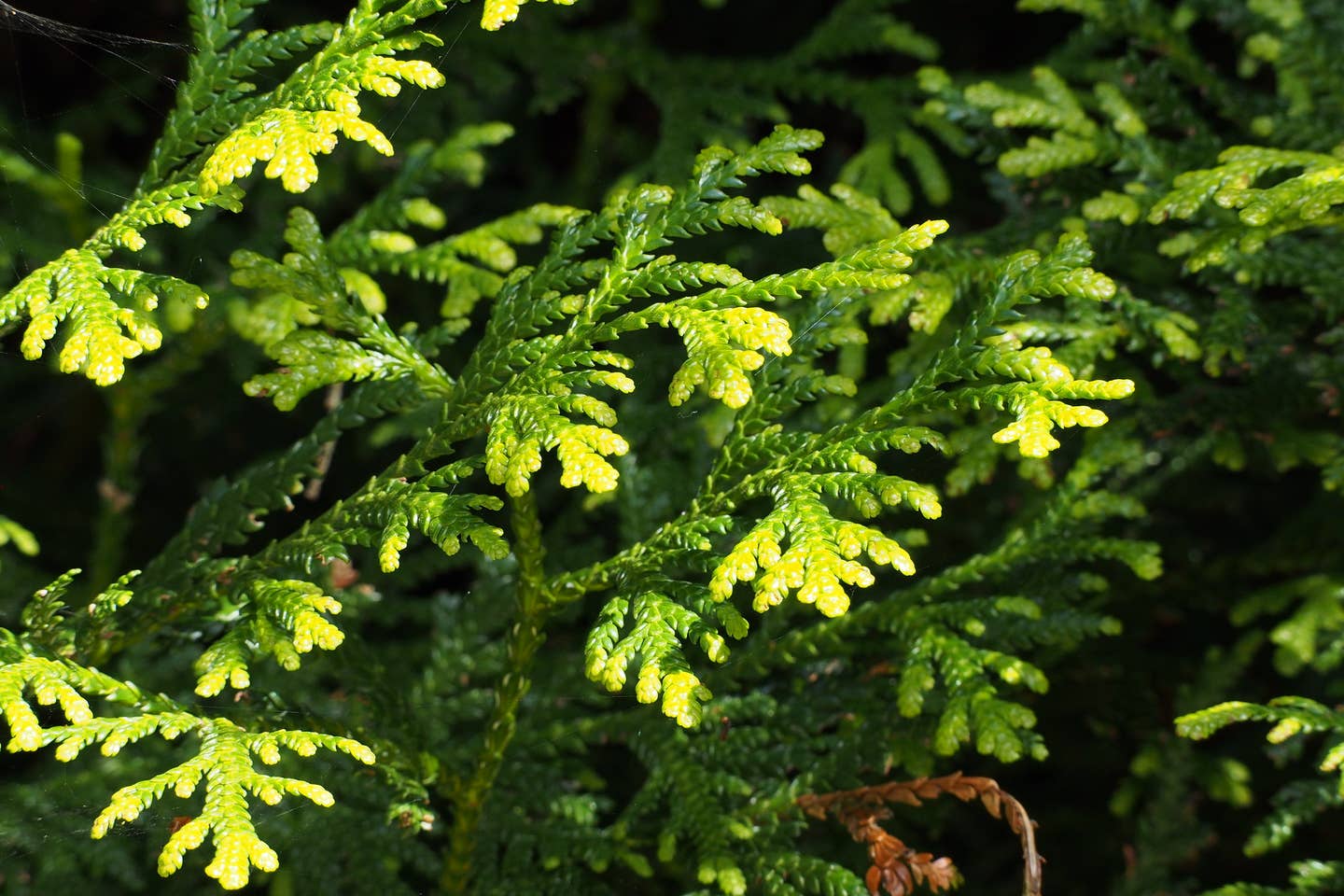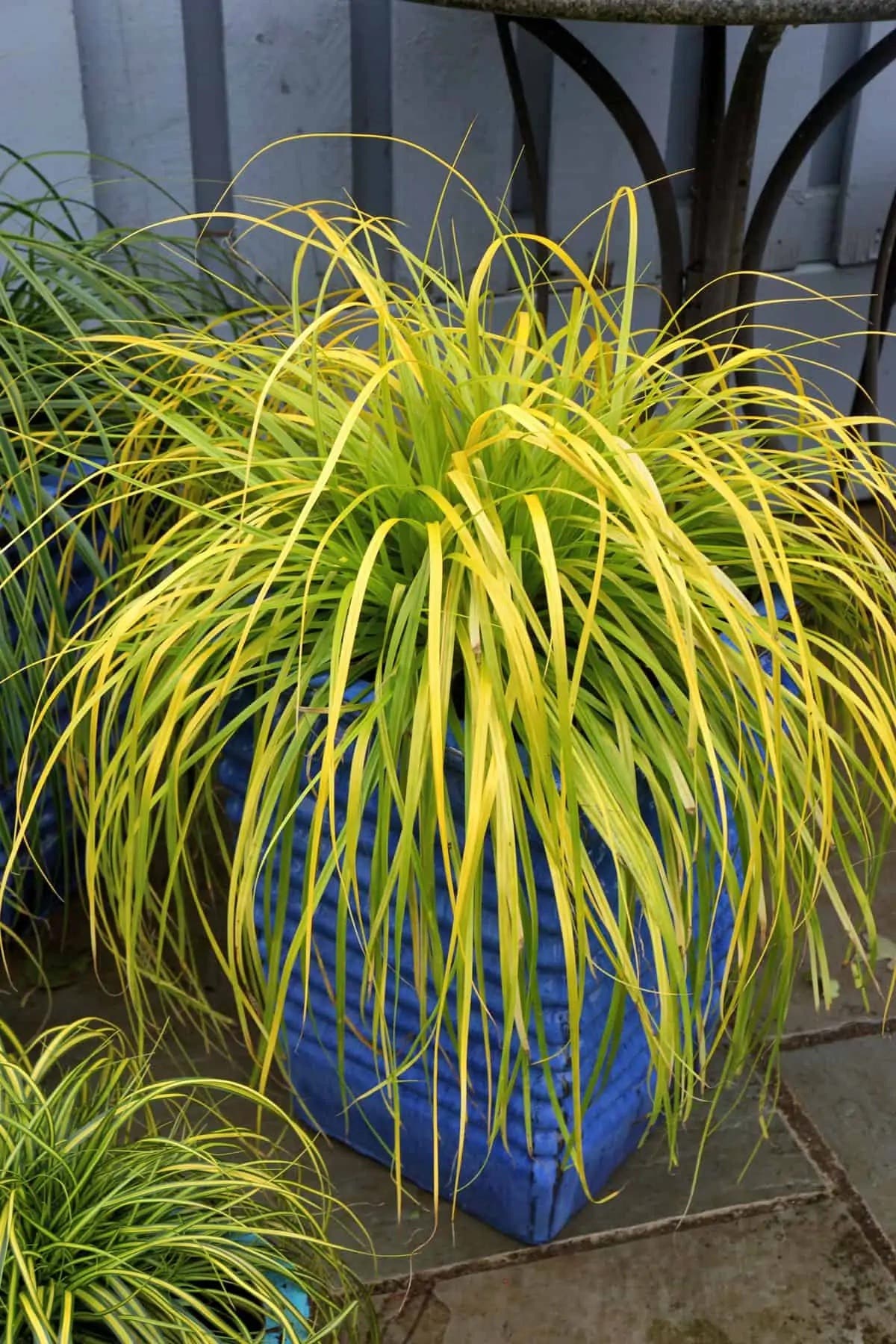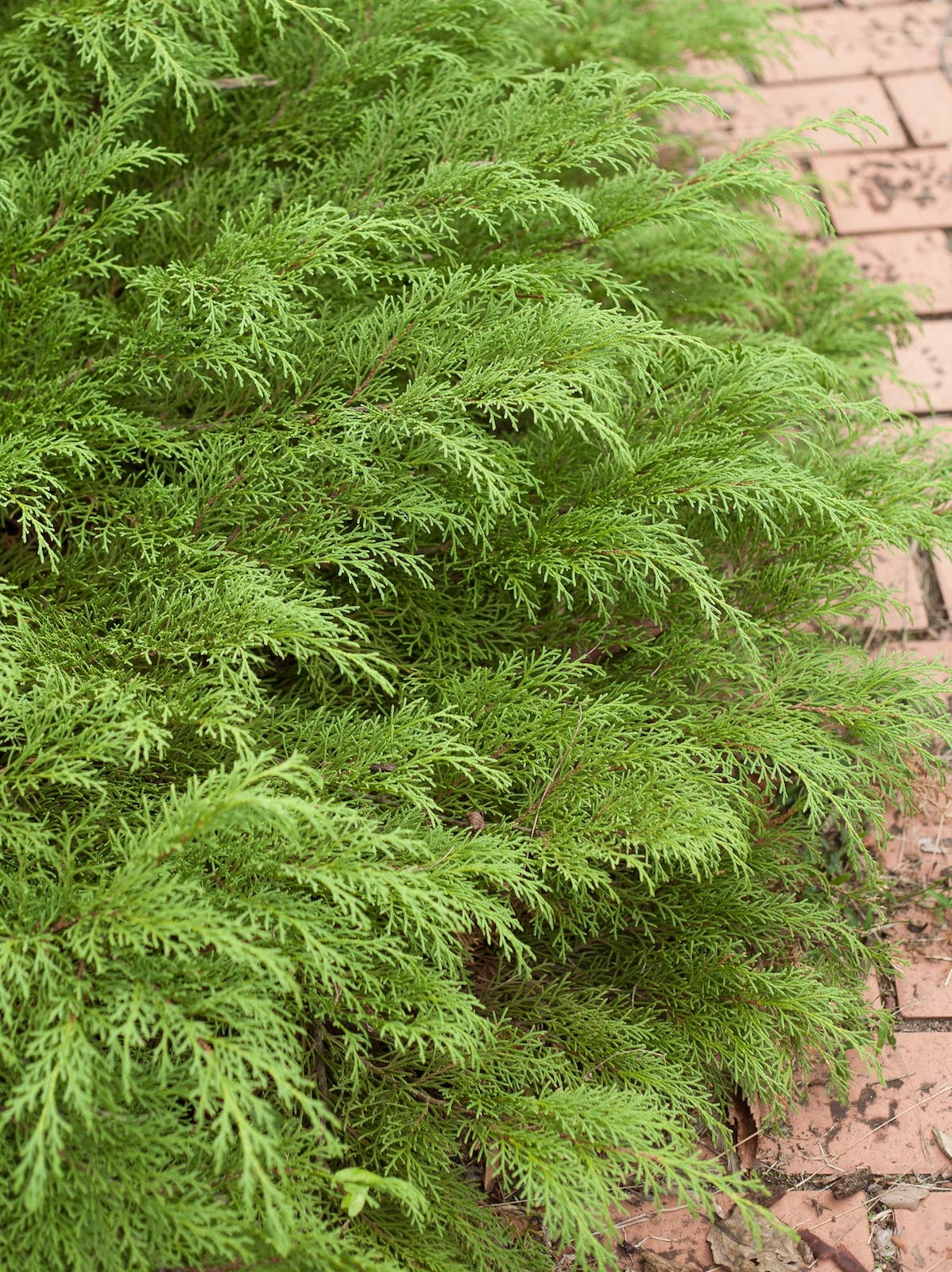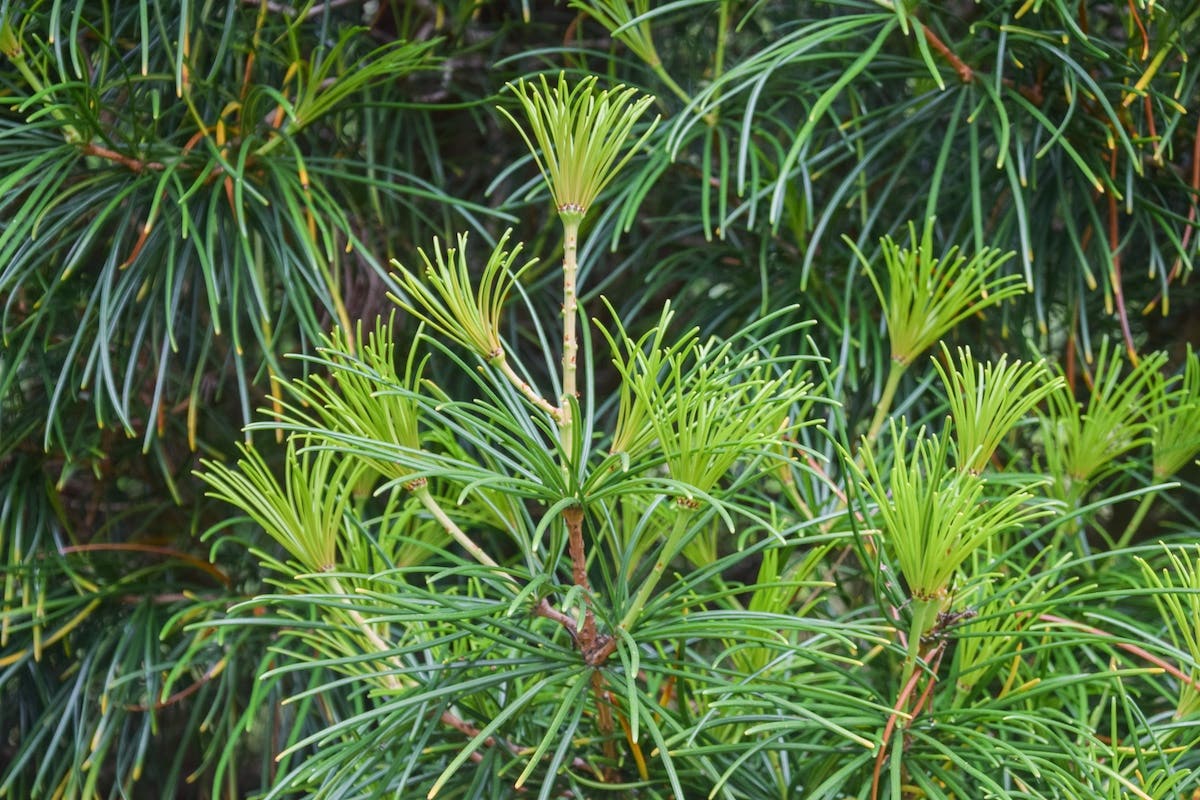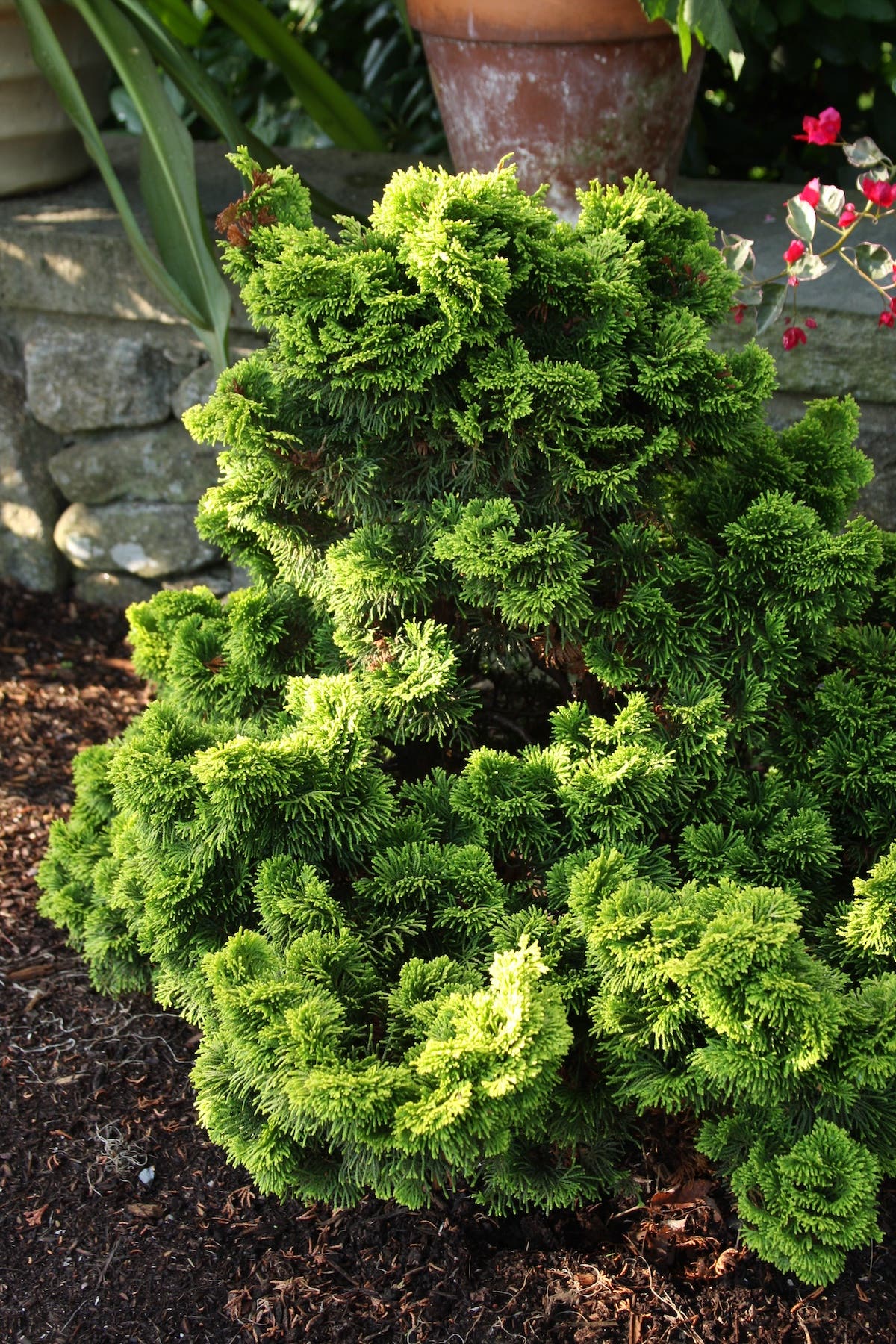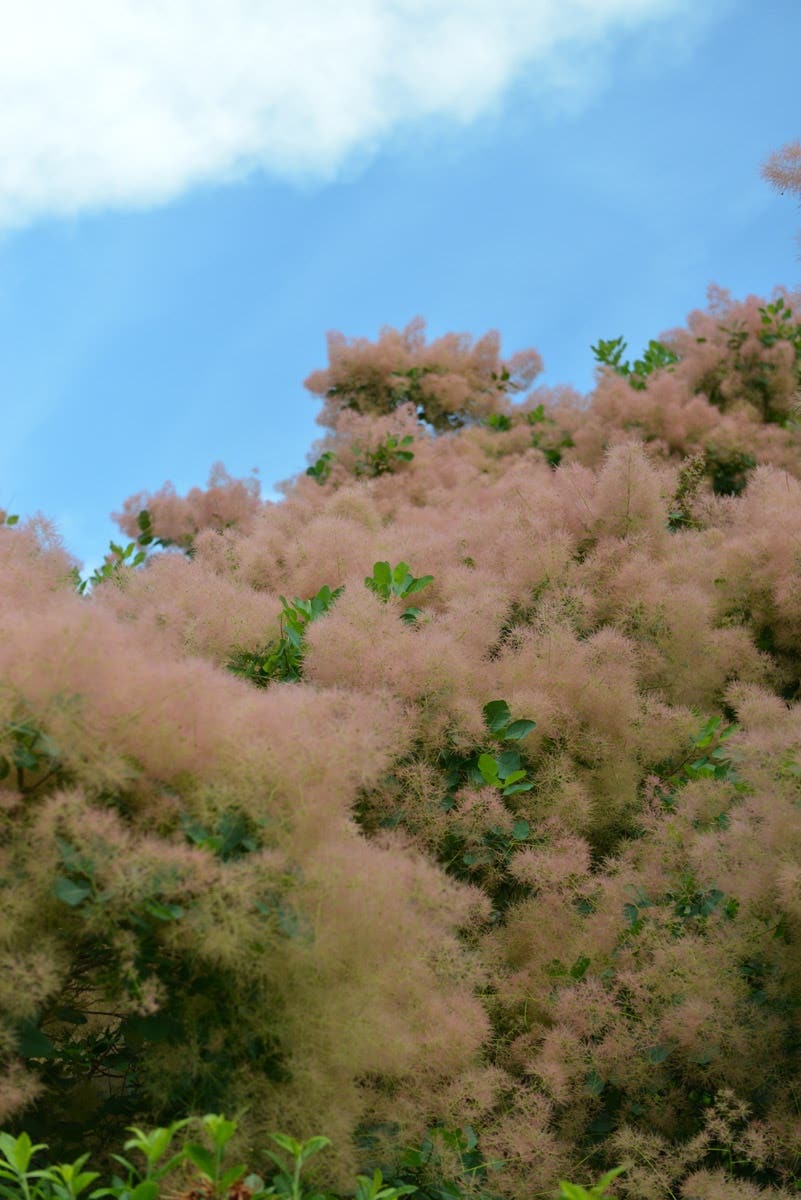Tiny Tortuga Turtlehead Brings Pink Flowers for Late Summer
Tiny Tortuga turtlehead (Chelone ‘Armtipp02’) is a native perennial that thrives in damp spots and part shade.
Tiny Tortuga turtlehead (Chelone 'Armtipp02') is a unique perennial that thrives in damp spots and part shade, where its flowers add a splash of pink to late summer and autumn. This cultivar stays notably shorter than other turtleheads, making it a good choice for the front edge of the shade garden.
Common name: Tiny Tortuga turtlehead
Botanical name: Chelone 'Armtipp02'
Origin: Tiny Tortuga was bred at a Dutch nursery by crossing individuals of the species Chelone lyonii, or pink turtlehead, which is native to mountain forests and stream banks of the southeastern United States.
Flowers: Chelone gets the common name turtlehead from the unusual shape of its flowers. Tiny Tortuga's flowers are a dark pink color. They appear from late summer into autumn and serve as late-season sustenance for bumblebees. This cultivar blooms slightly earlier than the straight species C. lyonii.
Foliage: Glossy, very deep green leaves from spring to fall.
Size and habit: This is an upright herbaceous perennial that stands between one and two feet tall and wide, with sturdy stems. Its vertical habit is a good contrast to a shade garden's mounding plants, and multiple plants can be used to create a tidy edge.
Growing Tiny Tortuga turtlehead
Exposure: Full sun to shade
How to grow it: Site Tiny Tortuga turtlehead in full sun, part shade or shade. It will have the tightest habit and bloom best with some hours of sun, although it can flower in full shade. Full sun is acceptable in cooler climates. This plant prefers evenly moist soil that's rich in organic matter. It can also tolerate wetter soil; it's a candidate for the upper edge of a swale or rain garden. USDA Zones 4–9.
Image credit: F. D. Richards/CC BY-SA 2.0


